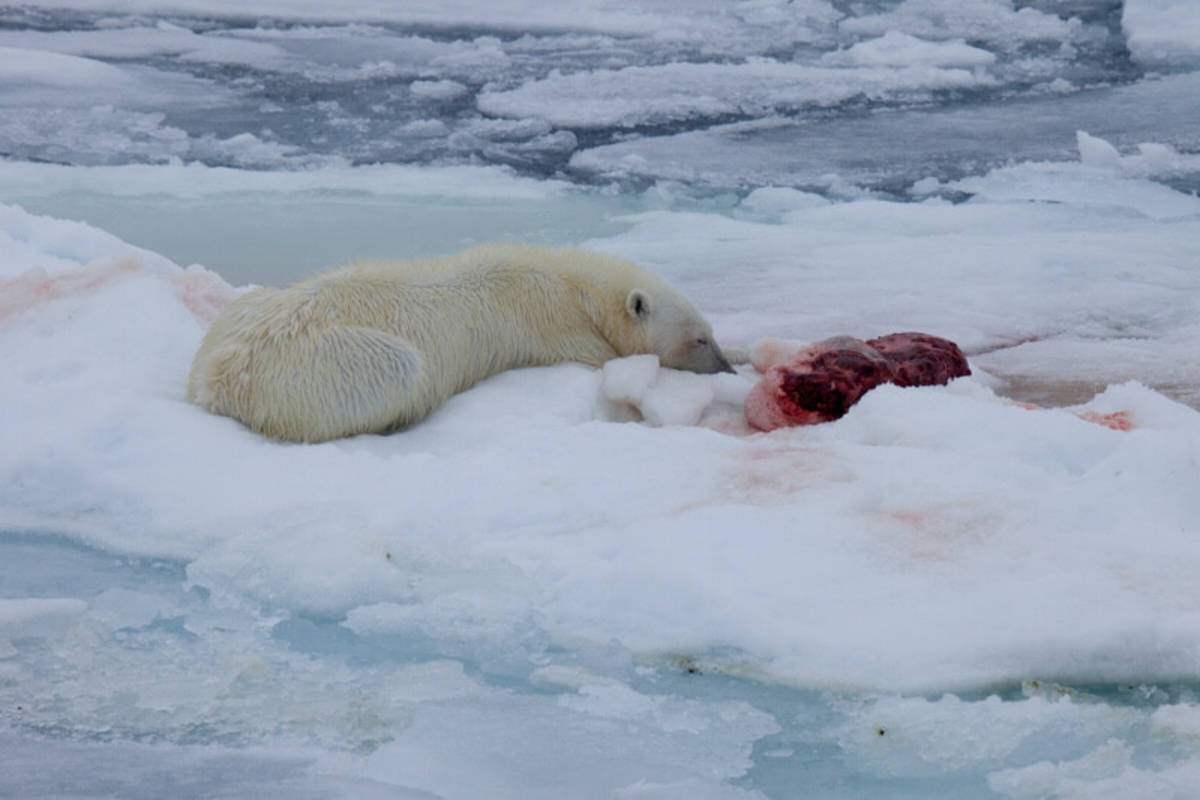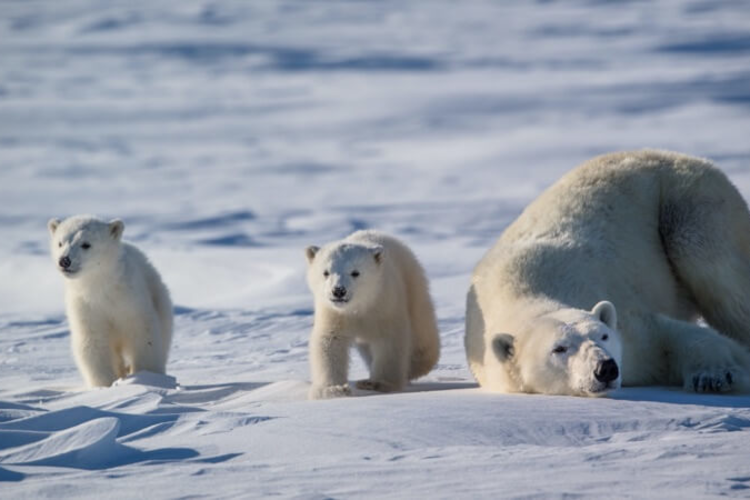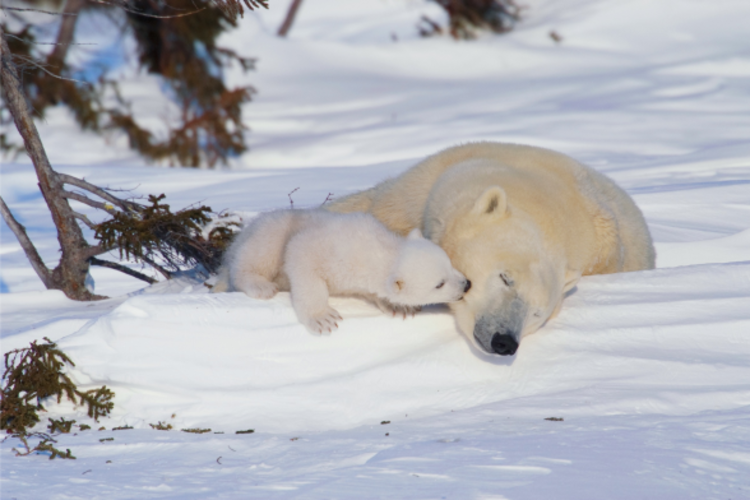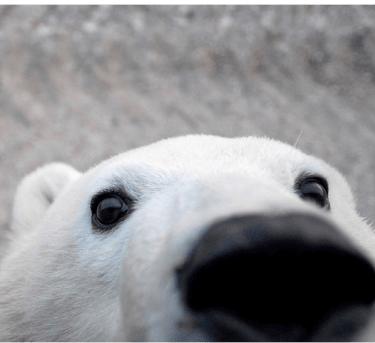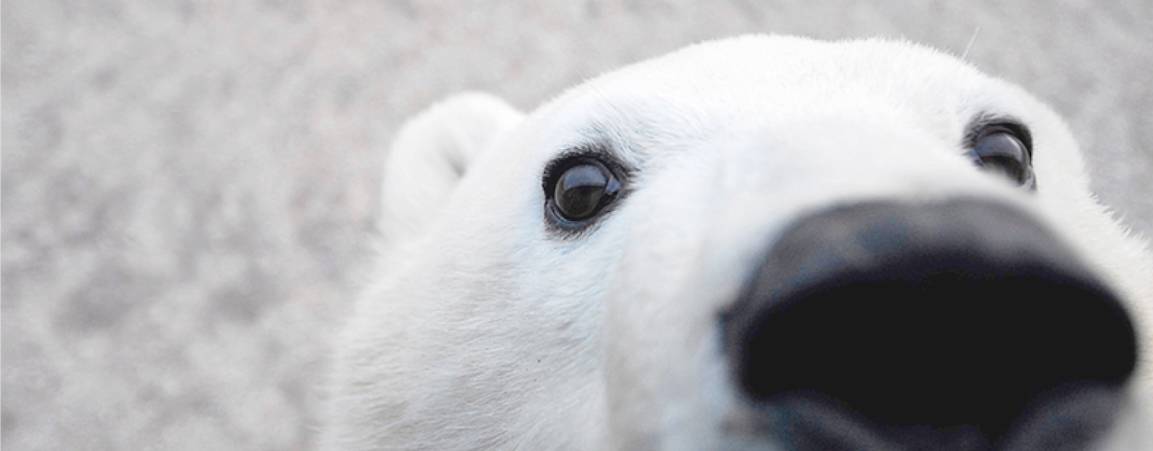Polar Bear Questions
I recently received this great question from Stefanie: “I read that a polar bear will sometimes approach another bear that’s eating a recent kill and ask to share it. How do they ask? And why would the other bear want to share its food instead of defending it?”
Before I get to Stefanie’s question, it’s important to understand that, with wildlife, a serious fight brings with it a risk of serious injury—and a seriously injured animal often doesn't live long. Because of this, wild animals usually aren't all that keen to get into a fight unless there's something valuable at risk that they find worth defending. Normally, polar bears will only get into serious fights over:
Adult males will fight over access to females during mating season.
Adult females with cubs will defend their offspring if another hungry bear tries to attack them as prey.
But this is but only if there's little of it, or if the bear on the kill is very skinny and in desperate need of food. If the bear on the kill is in good body condition (fat and healthy), there is likely no need to fight over a food source—especially if there's plenty of it (e.g., a washed-up whale carcass).
To ask for food, polar bears use “nose-to-nose” greetings: the guest bear will approach slowly, circle around the carcass, and then meekly touch the feeding bear's nose. This behavior is highly ritualized and is thus an unambiguous way for the bears to communicate over a valuable resource (food). By asking politely, the guest bear avoids unintentionally starting a fight. This sort of interaction mechanism is widespread throughout the animal kingdom.
The video below was filmed by one of my fellow passengers, H.P. Griesmayer (and a bit shaky, sorry!). Filmed in the summer of 2013, it shows an example of a female polar bear that decided her prey wasn’t worth fighting over.
